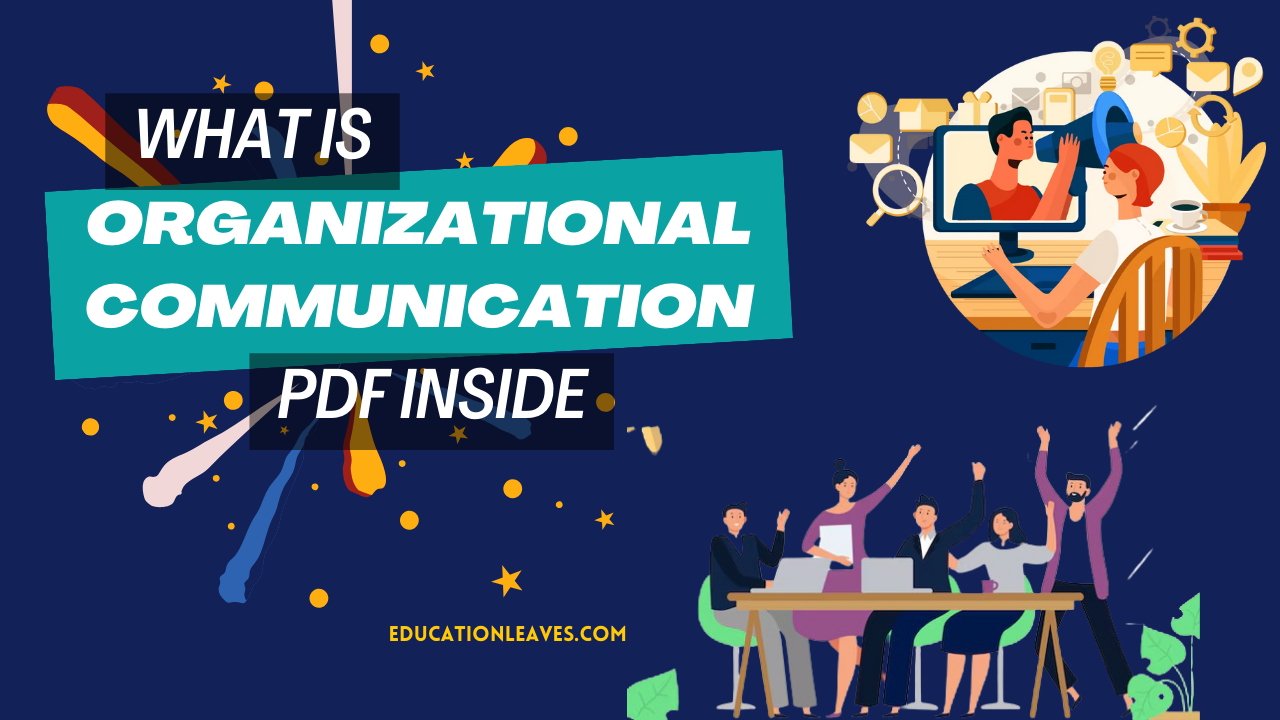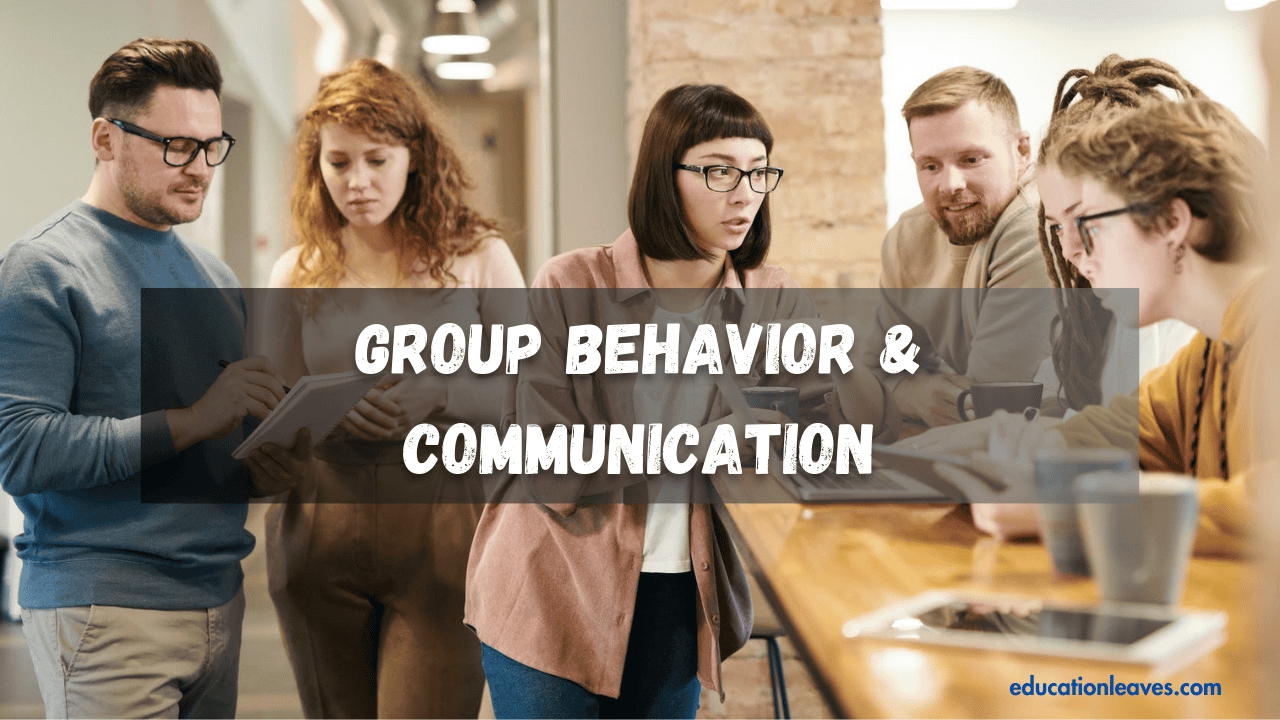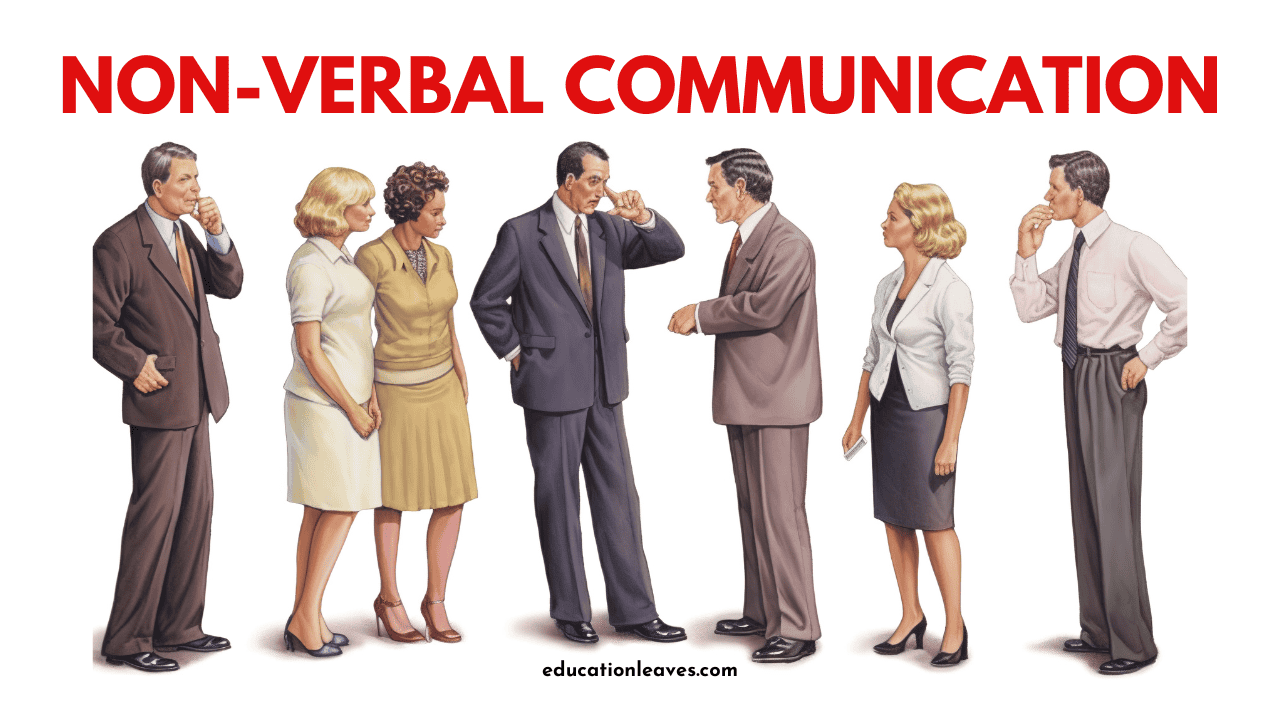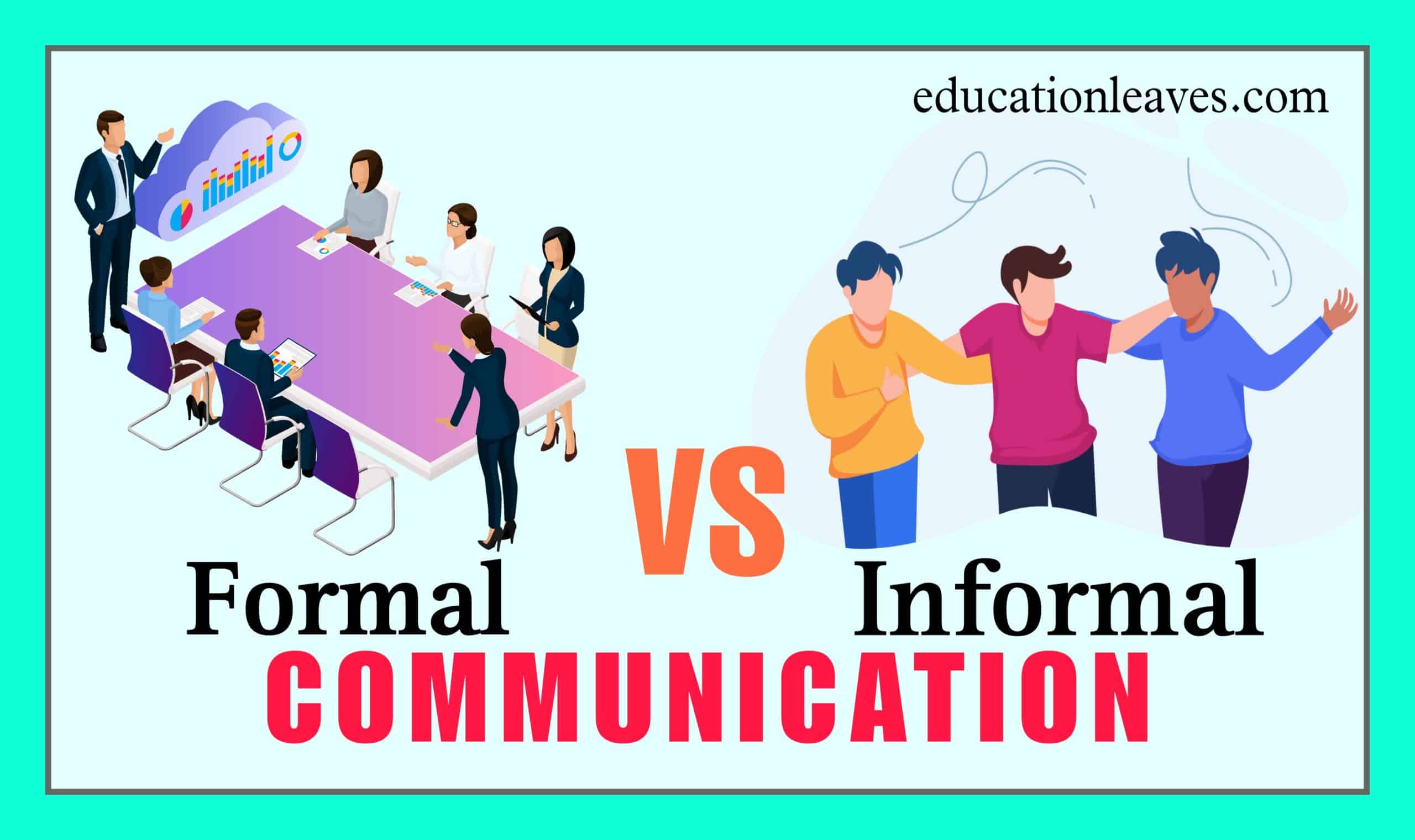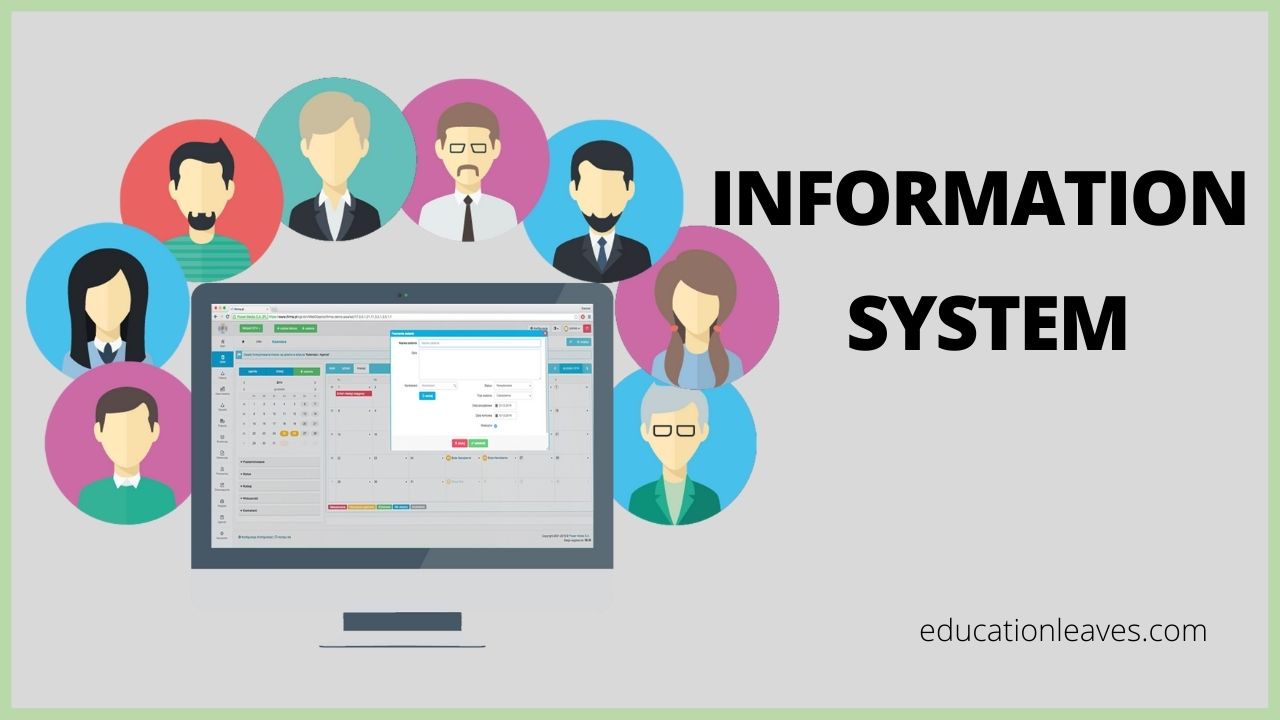What is Organizational Communication? Types, Importance, and How to Manage (PDF Included)
Organizational communication is the flow of information within a company, both formal and informal. It encompasses how employees share ideas, updates, and instructions with each other, as well as how the organization communicates its goals and mission to its workforce. Effective communication is crucial for any organization’s success.

